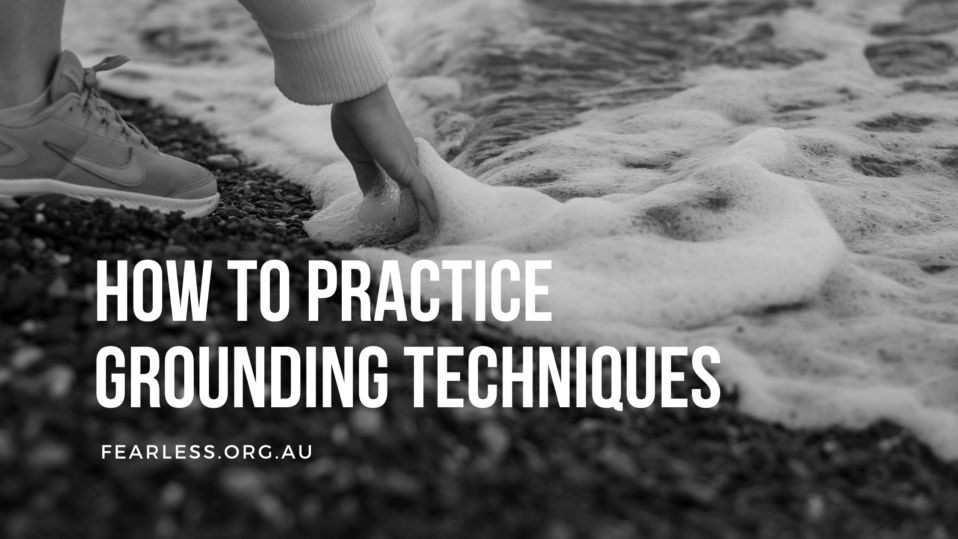Mental health is an important aspect of our overall well-being, and it’s crucial to have healthy coping mechanisms to deal with anxiety, stress, and other negative emotions. Grounding techniques are an effective way to calm the mind and bring one’s attention back to the present moment. This mindfulness practice can help regulate emotions and reduce stress.
What are Grounding Techniques?
Grounding techniques are simple, practical exercises that can be done anytime, anywhere to bring one’s attention to the present moment. These techniques help individuals shift their focus away from negative thoughts and emotions and back to the sensations and experiences of the current moment. This helps to regulate emotions and reduce stress and anxiety.
Why are Grounding Techniques Important for Mental Health?
Grounding techniques are important for mental health as they help individuals deal with overwhelming emotions, anxiety, and stress. They provide a moment of calm and tranquility in a busy, chaotic world. Additionally, these techniques can help individuals manage negative thoughts and emotions more effectively, leading to improved mental well-being.
How to Practice Grounding Techniques
- 5 Senses Check-In
This technique involves taking a few moments to focus on each of your five senses. You can start by taking a deep breath and paying attention to the sensation of air entering and leaving your body. Then, you can focus on what you see, hear, smell, taste, and touch. This helps to bring your attention back to the present moment and away from racing thoughts.
- Mindful Breathing
Mindful breathing involves focusing on the sensation of each breath as it enters and leaves your body. You can close your eyes and take a few deep breaths, paying attention to the sensation of air moving in and out of your lungs. This simple exercise can help you calm your mind and reduce stress and anxiety.
- Body Scan
The body scan technique involves paying attention to each part of your body, starting at the top of your head and working your way down to your toes. As you focus on each part of your body, you can release any tension and relax into the sensation. This technique helps you bring your attention to the present moment and can help reduce stress and anxiety.
- Nature Walk
Taking a walk in nature can be a powerful grounding technique. As you walk, you can focus on the sensation of your feet touching the ground, the sound of leaves rustling in the wind, and the smell of fresh air. This can help bring your attention back to the present moment and reduce stress and anxiety.
- Sensory Objects
You can use sensory objects, such as a stress ball, a smooth stone, or a piece of cloth, to bring your attention back to the present moment. By focusing on the sensation of the object in your hand, you can shift your attention away from negative thoughts and emotions and bring yourself back to the present moment.
Conclusion
Grounding techniques are simple and effective exercises that can help you calm your mind, regulate emotions, and reduce stress and anxiety. Incorporating these techniques into your daily routine can help improve your mental well-being and bring a sense of peace and tranquility to your life. Try incorporating a few of these techniques into your daily routine and see how they can help improve your mental health.
About FearLess
FearLess is a charity that works with people living with the consequences of post traumatic stress (often referred to as PTSD). We also help family members in any way affected by it. Our community members come from all walks of life including those living with PTSD and their families or people who want to do their bit to make the lives of people living with post traumatic stress more enjoyable and fulfilling. Our work complements the activities of other community-based organisations and government agencies that provide services to people with post traumatic stress.
This website has been established to provide information about PTSD to the Australian and New Zealand community. The website’s content is not intended to be a substitute for professional medical advice, diagnosis or treatment. You should seek the advice of an appropriately qualified healthcare professional before making decisions about your own circumstances. You should not disregard professional medical advice, or delay seeking it, because of any information contained on this website.



Post a comment